13 Forgotten And Incredible Magazine Columns That Secretly Shaped A Generation
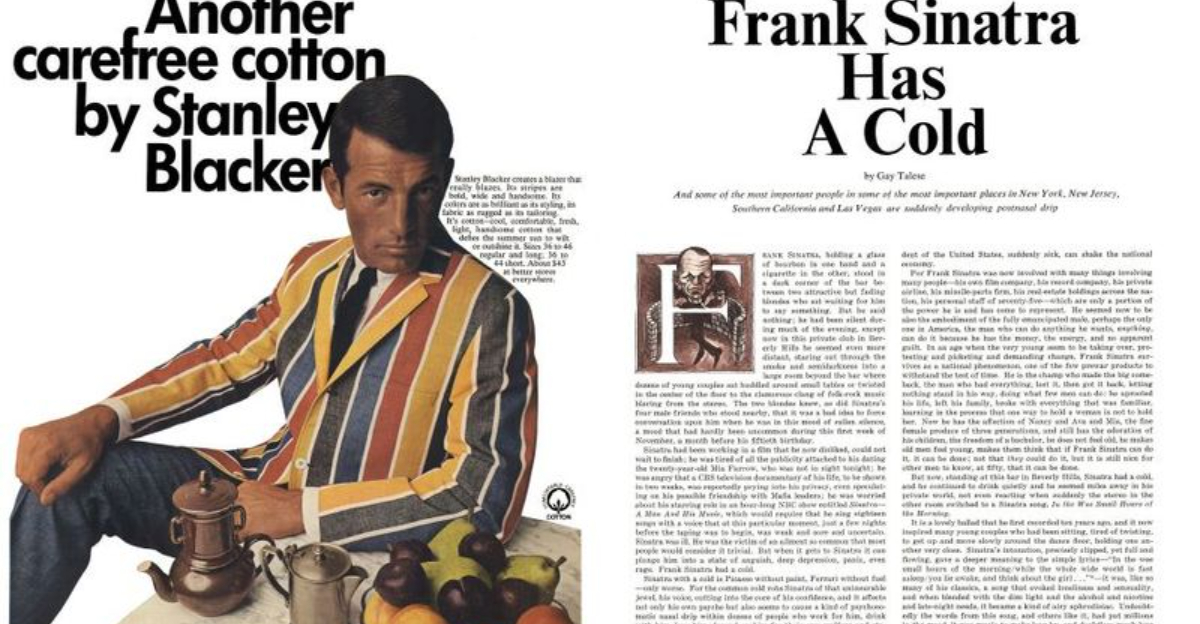
Remember those gloriously dog-eared magazines we’d flip through at the dentist’s office—or sneak under our beds like they were top-secret dossiers?
While we laughed at celebrity fashion disasters or cringed at DIY disasters gone horribly wrong, something sneakier was happening. Hidden between the glossy perfume ads and scandalous gossip spreads were columns that did more than fill space—they rewired our brains. Quietly. Cleverly. Like cultural ninjas in print form.
These weren’t just articles; they were cultural blueprints disguised as advice, sass, and hot takes. They shaped how we saw relationships, identity, beauty, and even politics—before we even had a clue we were being shaped.
I’ve always been obsessed with how a few well-placed words can spark a movement or shift a mindset. And trust me, these 13 magazine columns didn’t just comment on the times—they defined them. Decades later, their ripples are still lapping at the shores of pop culture.
1. The Kentucky Derby Is Decadent and Depraved
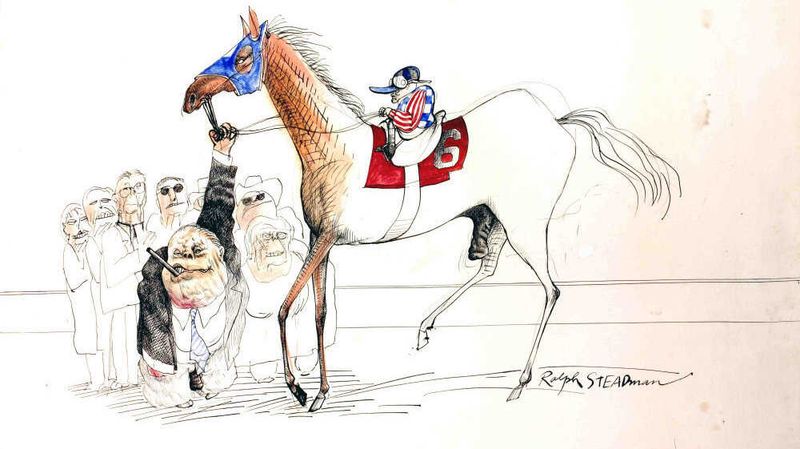
Scanlan’s Monthly wasn’t exactly a household name in 1970, but Hunter S. Thompson’s wild Kentucky Derby coverage changed journalism forever. Assigned to cover America’s premier horse race, Thompson instead delivered a chaotic, first-person account that barely mentioned the actual race.
Last summer, I read this piece aloud to friends around a campfire, and we howled with laughter at Thompson’s unhinged descriptions. His portrayal of drunk, sunburned spectators and the bizarre pageantry surrounding the event was both hilarious and scathing.
The genius lay in how Thompson inserted himself into the story, becoming both observer and participant in the madness. The artist Ralph Steadman’s grotesque illustrations perfectly complemented the frenetic prose. This pioneering work birthed “Gonzo journalism” – a subjective style where reporters abandon objectivity and become central characters in their stories. Thompson’s influence echoes through today’s personal essays, immersive reporting, and even modern blogging.
2. Mother Earth, Mother Board
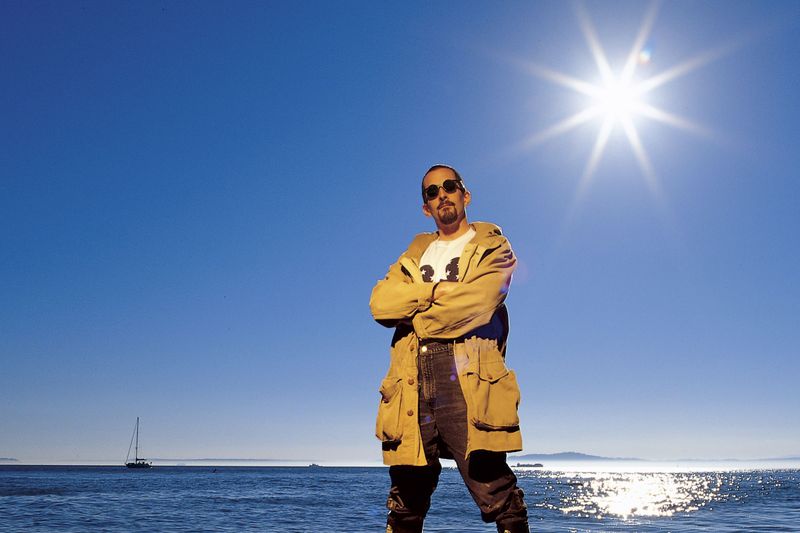
When Neal Stephenson’s massive tech exploration appeared in Wired’s December 1996 issue, most readers had no clue how the internet physically worked. His 42,000-word odyssey changed that by following the laying of undersea fiber optic cables – the internet’s actual backbone.
My tech-obsessed uncle gave me this issue when I was 13, and I spent weeks puzzling through it, utterly fascinated. Stephenson’s genius was making infrastructure sexy, turning what could have been a dry technical manual into a globe-trotting adventure story.
The article revealed the hidden world beneath our digital lives – massive ships laying cables across ocean floors, the geopolitics of connection points, and the unsung heroes building the physical internet. What makes this piece legendary is how it bridged the gap between technical understanding and compelling storytelling. Today’s explosion of accessible tech journalism and the way we understand our connected world can be traced directly to Stephenson’s landmark work.
3. The History of the Standard Oil Company
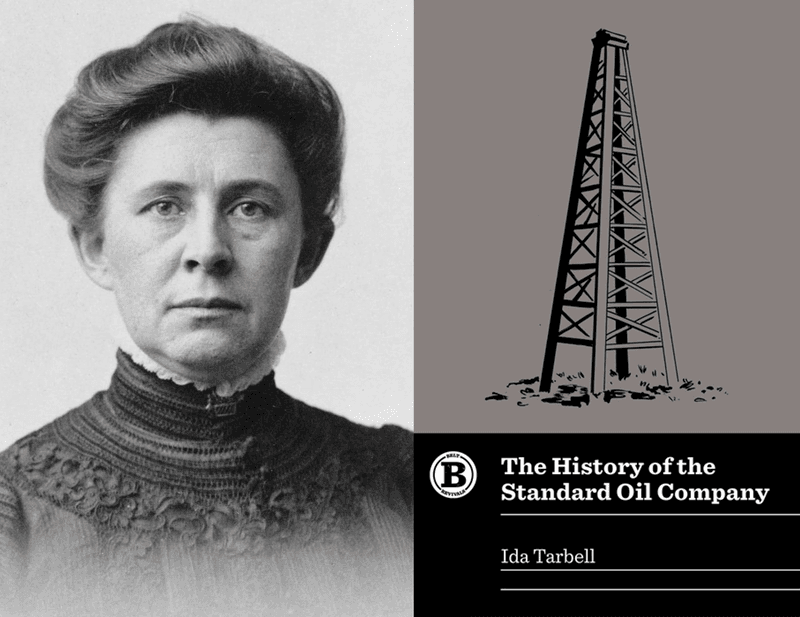
Journalism changed forever when Ida Tarbell’s investigation hit McClure’s Magazine in 1902. As a woman in the male-dominated world of business reporting, Tarbell wasn’t expected to challenge the most powerful corporation in America – but she did exactly that.
Growing up, my grandmother often mentioned Tarbell as her hero. “She had more courage in her pen than most men had in their entire bodies,” Grandma would say. Over 19 meticulously researched installments, Tarbell exposed how John D. Rockefeller’s Standard Oil used predatory tactics to crush competition and control the oil industry.
What made this series revolutionary wasn’t just its content but its methodical approach – combining narrative storytelling with hard facts, documents, and interviews. The public response was seismic. Tarbell’s work directly led to antitrust actions and the eventual breakup of Standard Oil in 1911. This wasn’t just journalism; it was the birth of investigative reporting as we know it today, proving that a well-researched article could topple even the mightiest corporate giant.
4. The Runaway General

Michael Hastings’ explosive 2010 Rolling Stone profile wasn’t supposed to end a military career. The journalist was simply embedded with General Stanley McChrystal’s team in Afghanistan, granted unprecedented access that would prove catastrophic for the general.
I read this piece on a cross-country flight and couldn’t believe what I was seeing. Hastings documented McChrystal and his staff making disparaging remarks about Vice President Biden and other administration officials. The candid comments revealed deep tensions between military leadership and civilian oversight during the Obama administration.
What made this column extraordinary was its immediate real-world impact. Within days of publication, McChrystal was summoned to the White House and resigned his command. The article demonstrated journalism’s raw power when access meets honesty. Beyond the immediate fallout, it sparked vital conversations about civil-military relations and press access during wartime. Sadly, Hastings died in a car crash three years later, but this piece stands as a testament to how a single article can alter history’s course.
5. Consider the Lobster
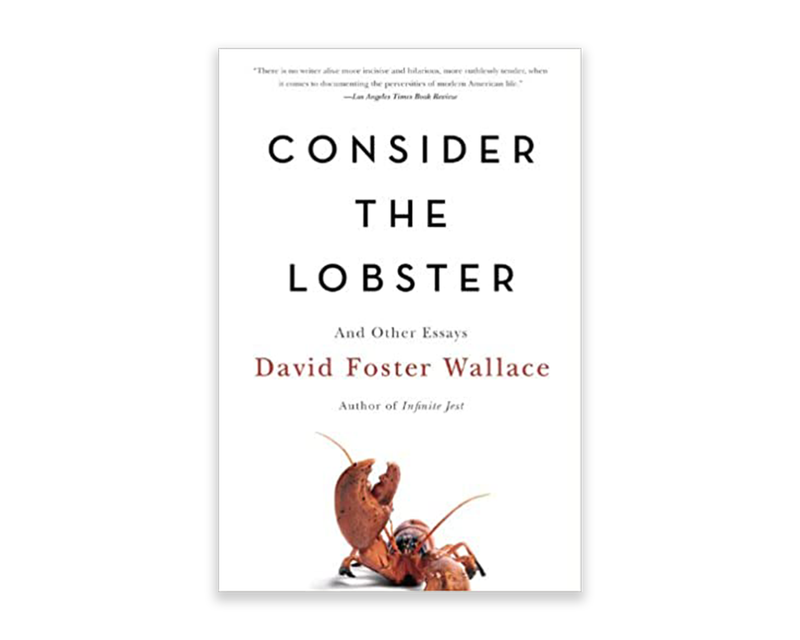
When Gourmet Magazine sent David Foster Wallace to cover the Maine Lobster Festival in 2004, they expected a light piece on food tourism. Instead, they got a philosophical bombshell questioning the ethics of boiling sentient creatures alive for our dining pleasure.
I stumbled across this essay during a rainy weekend at a friend’s beach house. What began as casual reading quickly transformed into an existential crisis about my seafood consumption! Wallace’s genius was in pivoting from standard food writing to profound moral inquiry.
The piece starts conventionally enough with festival descriptions but gradually spirals into an examination of lobster neurology, pain reception, and ultimately the ethical implications of our food choices. The editors reportedly struggled with publishing such a provocative piece in a culinary magazine. Wallace’s essay transcended food writing to become cultural commentary, forcing readers to confront uncomfortable truths about their consumption habits. Its legacy lives on in today’s discussions about ethical eating, animal consciousness, and the moral responsibilities of omnivores.
6. Frank Sinatra Has a Cold
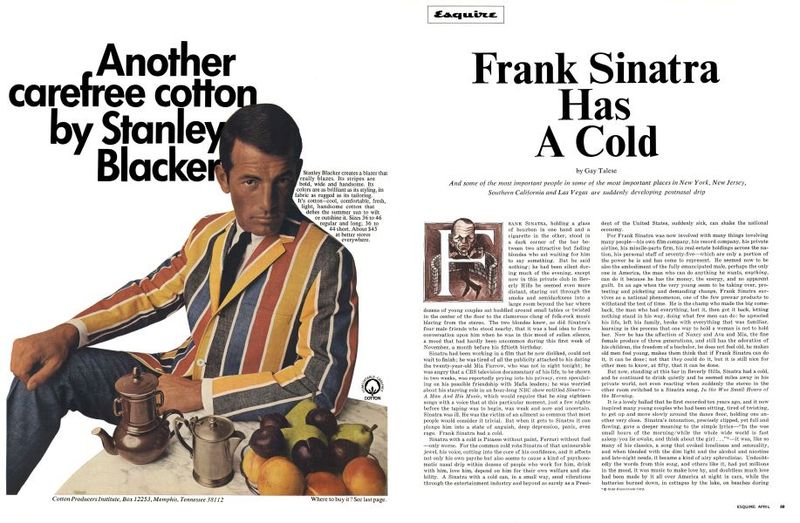
The April 1966 issue of Esquire landed on newsstands with what seemed like a simple celebrity profile. Boy, were readers in for a surprise! Gay Talese had crafted something revolutionary when he couldn’t even secure an interview with Ol’ Blue Eyes himself.
I remember discovering this piece in college and being floored by how Talese turned a non-interview into literary gold. Rather than canceling the assignment, he observed Sinatra from afar, interviewed people in his orbit, and created a portrait more revealing than a direct conversation might have been.
What made this 15,000-word masterpiece so groundbreaking was its novel approach – blending meticulous reporting with novelistic techniques. The piece birthed “New Journalism” and forever changed how writers approach profiles. Even today, when I’m struggling with a writing assignment, I think, “What would Talese do?” and find a creative workaround that often proves better than Plan A.
7. The Curious Case of Sidd Finch
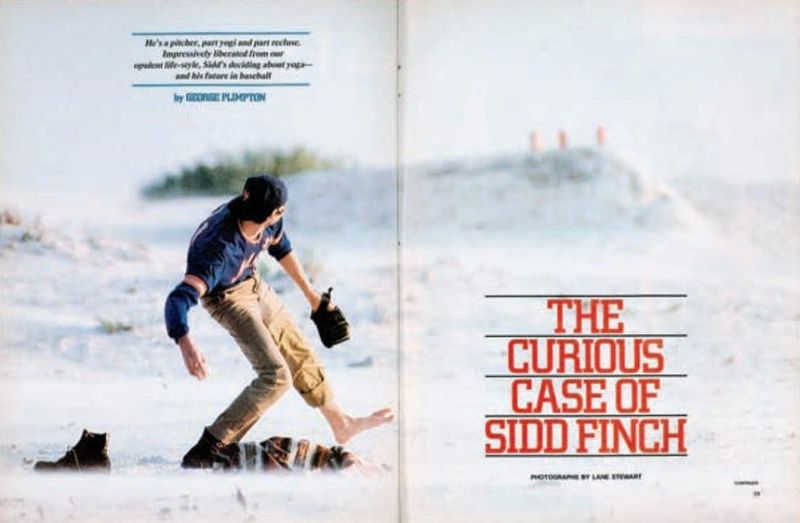
Sports Illustrated’s April 1, 1985 issue contained a story so incredible that thousands of readers believed it. George Plimpton introduced the world to Hayden “Sidd” Finch, a mysterious Mets pitching prospect who could throw a baseball 168 mph – nearly 70 mph faster than any recorded pitch!
My dad still laughs about how he fell for this hook, line, and sinker. “I called every baseball buddy I knew!” he admits sheepishly. Plimpton crafted an irresistible character – a Harvard dropout who learned the art of pitching from Tibetan monks, played the French horn brilliantly, and wore one hiking boot while pitching barefoot with the other foot.
The brilliance of this piece was in its meticulous attention to detail. Plimpton included quotes from real Mets personnel, authentic-looking photographs, and scientific explanations for the impossible feats. Only the article’s subhead – “He’s a pitcher, part yogi and part recluse. Impressively liberated from our opulent life-style, Sidd’s deciding about yoga” – contained the hidden message: “Happy April Fool’s Day.” This legendary prank demonstrated journalism’s power to captivate through masterful storytelling.
8. The Last American Hero Is Junior Johnson. Yes!
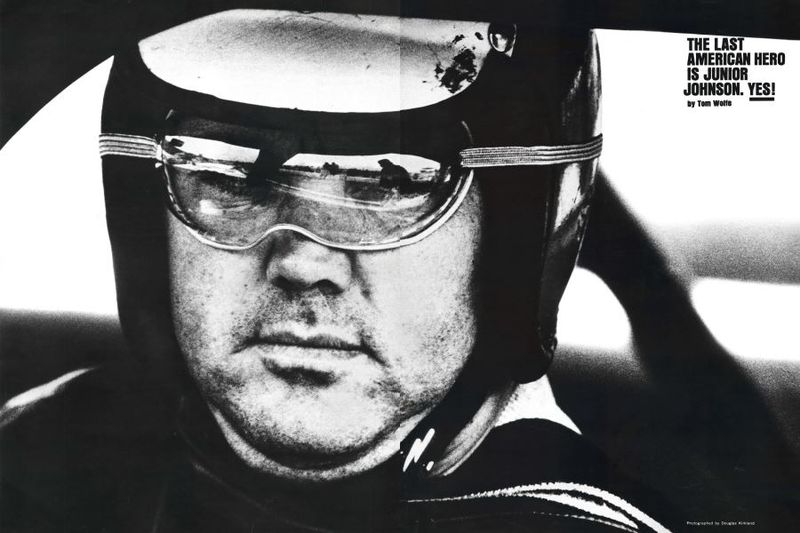
Tom Wolfe’s 1965 Esquire profile transformed a regional NASCAR figure into a national folk hero. Junior Johnson wasn’t just a race car driver; he was a moonshine-running, law-evading embodiment of Southern defiance repackaged for America’s consumption.
I discovered this piece during a road trip through North Carolina and ended up taking a detour to Wilkes County just to see Johnson’s stomping grounds. Wolfe’s profile is a masterclass in capturing American mythology. He follows Johnson from his moonshine-running roots to NASCAR stardom, revealing how the skills developed outrunning revenue agents perfectly translated to the racetrack.
What made this article revolutionary was Wolfe’s vivid, experimental writing style – full of exclamation points, italics, and unconventional punctuation that captured the energy of its subject. The piece helped establish New Journalism and elevated NASCAR from regional curiosity to national phenomenon. More importantly, it presented rural Southern culture to mainstream America in a way that celebrated rather than mocked its distinctive character. Wolfe’s profile didn’t just document Johnson’s life; it cemented his legendary status.
9. Fear and Loathing in Las Vegas
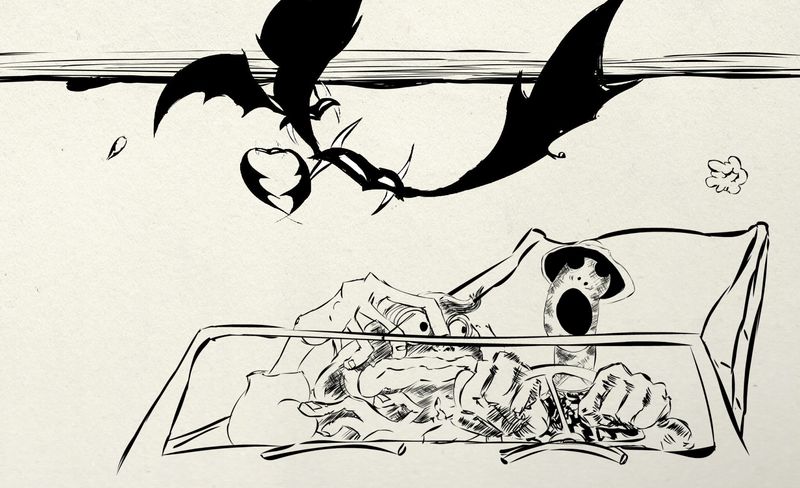
Before it became a book and cult film, Hunter S. Thompson’s drug-fueled odyssey debuted as a two-part Rolling Stone article in 1971. Ostensibly sent to cover a motorcycle race and a narcotics officers’ convention, Thompson created something far more profound – a chaotic eulogy for 1960s idealism.
The first time I read this in college, I laughed until I cried, then sat in stunned silence as the deeper meaning sank in. Thompson and his attorney’s substance-addled journey through Sin City served as the perfect vehicle to explore America’s cultural hangover following the collapsed dreams of the 1960s.
The genius of this piece wasn’t just its outlandish humor or its groundbreaking Gonzo style. Thompson used his wild Vegas adventure as a funhouse mirror reflecting America’s contradictions – freedom versus restraint, idealism versus corruption, and the hollowness beneath the national mythology. The article’s lasting impact comes from how it transcended simple drug comedy to become cultural criticism. Its influence extends beyond journalism into literature, film, and how we understand America’s perpetual identity crisis.
10. Silent Spring

Before becoming the book that launched modern environmentalism, Rachel Carson’s exposé on pesticides appeared as a three-part series in The New Yorker in June 1962. From the haunting opening scenario of a town where spring arrived without birdsong, Carson’s work hit readers like a thunderbolt.
My environmental science teacher showed us these original magazine pages, carefully preserved in plastic sleeves. “This,” she said, “is when Americans first understood they could poison their own nest.” Carson meticulously documented how DDT and other chemicals moved through the ecosystem, accumulating in increasingly dangerous concentrations.
What made this series revolutionary was Carson’s ability to translate complex science into accessible, evocative prose that general readers could understand and feel emotionally. The chemical industry launched vicious attacks on her credibility, but the public and eventually the government listened. The series directly influenced the creation of the EPA and the banning of DDT in the United States. Few magazine articles can claim to have launched an entire movement, but Carson’s work fundamentally changed how humans understand their relationship with the natural world.
11. Hiroshima
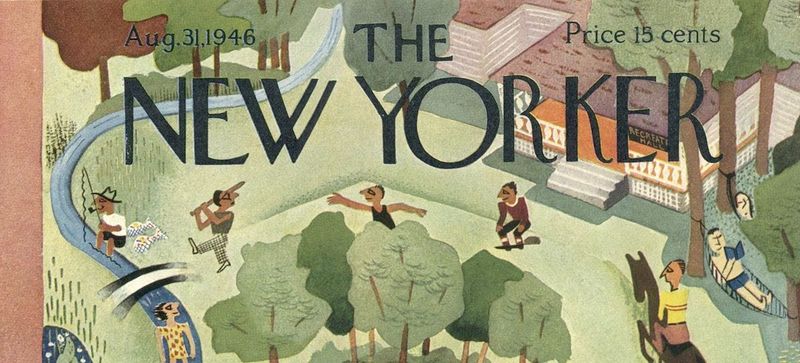
When the August 31, 1946 issue of The New Yorker hit newsstands, readers found something unprecedented – the entire magazine devoted to John Hersey’s 30,000-word account of six survivors of the atomic bombing. Just one year after the blast, Hersey brought the human devastation into American living rooms.
I first encountered this piece during a high school history unit on World War II. While our textbooks focused on strategy and statistics, Hersey’s account left me sleepless. By following six ordinary people – a clerk, a doctor, a minister, a widow, a priest, and a surgeon – through the bombing and its aftermath, he transformed an abstraction into agonizing reality.
The article’s power came from its restrained, almost clinical prose that allowed the horror to speak for itself without sensationalism. The New Yorker’s bold decision to devote an entire issue to one story signaled its importance. Within weeks, the article was read on radio nationwide and republished as a book. Hersey’s masterpiece forever changed how we understand nuclear weapons, moving the conversation beyond military utility to moral implications and human cost.
12. The Mountains of Pi
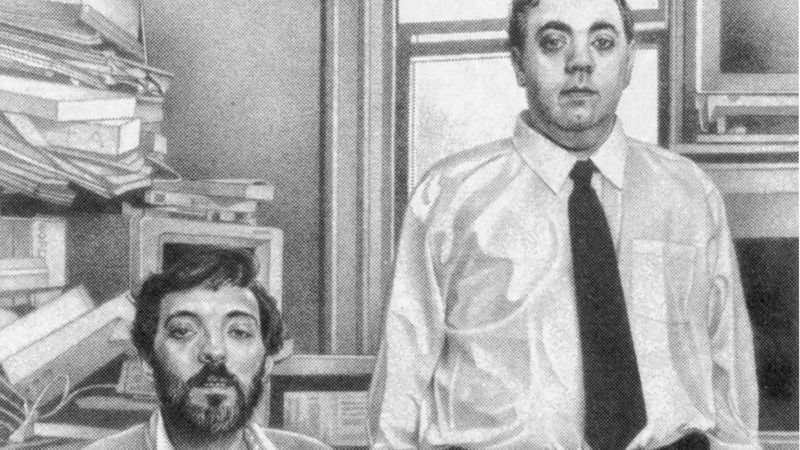
When Richard Preston’s profile of the Chudnovsky brothers appeared in The New Yorker in 1992, most readers had never contemplated the endless decimal places of pi. Preston’s article changed that by revealing the brilliant, eccentric mathematicians who built a supercomputer in their apartment to calculate pi to billions of digits.
I read this piece during a particularly brutal winter storm, and it felt like entering another dimension. Gregory and David Chudnovsky, Soviet émigré mathematicians, had transformed their New York apartment into a computational wonderland. Their homemade supercomputer (nicknamed “m-zero”) was cobbled together from mail-order parts and cooled with a box fan from Kmart.
The genius of Preston’s article was how it made abstract mathematics thrillingly concrete. He portrayed the brothers’ quest not as dry calculation but as exploration – venturing into the wilderness of numbers to discover patterns in pi’s infinite expanse. Beyond mathematics, the piece celebrated human ingenuity and obsession. It foreshadowed our current era of citizen scientists and garage innovators, showing how passion and creativity could compete with institutional research. Preston’s work remains a testament to curiosity’s power.
13. Showing and Telling
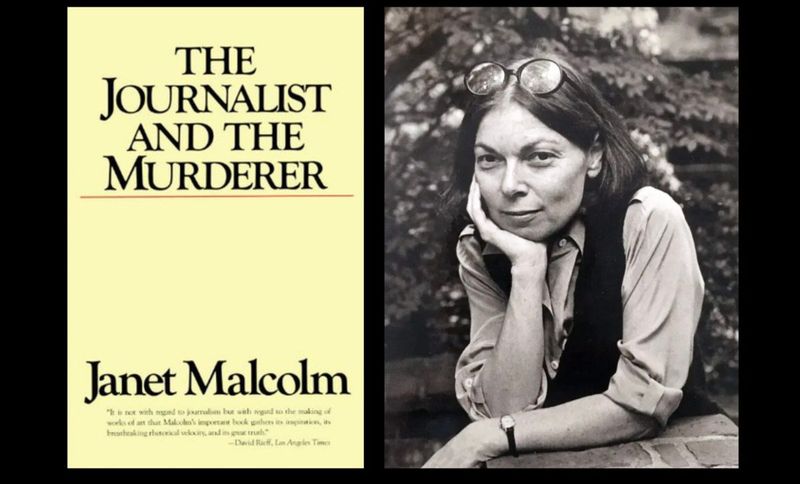
When Janet Malcolm’s two-part analysis of Joe McGinniss’s true-crime book appeared in The New Yorker in 1989, it forever changed how we think about journalism ethics. Malcolm examined McGinniss’s relationship with convicted murderer Jeffrey MacDonald, whom he befriended while writing “Fatal Vision.”
Reading this in journalism school blew my mind and made me question everything about reporter-subject relationships. Malcolm’s opening line still gives me chills: “Every journalist who is not too stupid or too full of himself to notice what is going on knows that what he does is morally indefensible.” She argued that McGinniss had betrayed MacDonald by pretending to believe in his innocence while privately concluding he was guilty.
The brilliance of Malcolm’s piece was how it turned the lens back on journalists themselves, questioning the fundamental transaction between reporters and their subjects. She forced readers to confront the inherent deception in journalism – gaining trust to extract information that may ultimately harm the subject. The article sparked fierce debate about journalistic ethics that continues today. Malcolm’s unsparing analysis remains essential reading for anyone who practices or consumes journalism.
